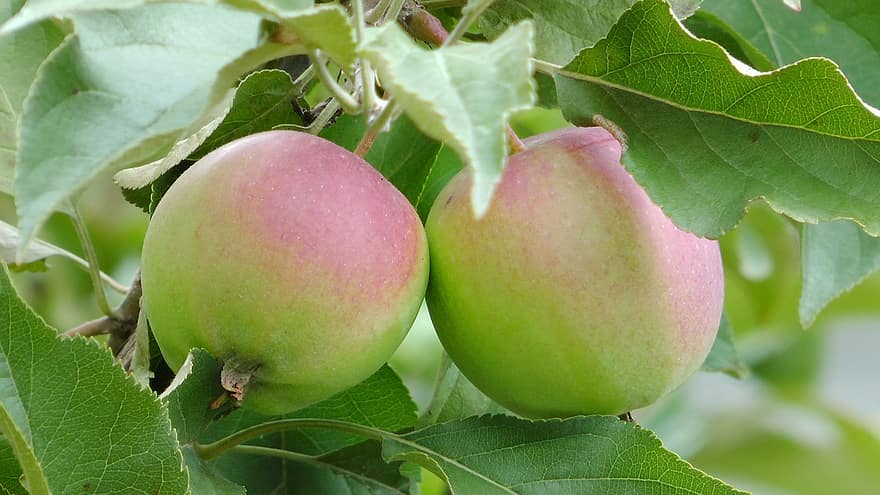If you want to know how long does Eagle 20 stay in the plant, you can expect the duration to be around two to three months. Growers need to know information like this about the fungicides they use for optimal effects and safety. This article will help you learn more about Eagle 20, so mold is not the only fungi that you can address if a problem arises.
Stable growing conditions and practices such as the use of the greenhouse make it easy to prevent fungal diseases. However, there will be instances that you may need to use myclobutanil, such as Eagle 20, to address more severe issues. Make sure to read this article diligently and check if Eagle 20 is approved for use in your plants and area.

How Long Can You Expect Eagle 20 Stay In The Plant
You can expect that the fungicide can last in the plant for two to three months, and users expect that it will protect them for the same duration. This could be because Eagle 20 migrates throughout the plant that it even covers the new growth. However, some would argue that the protection this fungicide offers on the new foliage can only last 28 days.
What Is Eagle 20?
Because of the protection duration it offers, it’s worth understanding what Eagle 20 is and what it does for the plants. The best explanation is that this product is a specialty systemic fungicide that can solve problems and prevent them from reoccurring. Such issues include powdery mildew, leaf spots, large patch, brown path, rust, ring spot, dollar spot, spring dead spot, red thread, and more.
One can use Eagle 20 for landscape, greenhouse, nursery ornamentals, turfgrass, stone fruits, apples, and grapes. However, you must do your research for the product’s label to ensure the list of diseases and plants suitable for Eagle 20. Remember that a long systemic pesticide can last in the leaf tissue, so using it for growing cannabis and other plants is not required.
It might also be confusing to see Eagle 20 marked safe for some common crops but not for other products like cannabis. The reason is that after absorption, myclobutanil distributes throughout the plant. However, remember that the residues will eventually diminish after some weeks, depending on the time of spraying and the rate of application.
How To Use Eagle 20?
You can use Eagle 20 the same way as you would with other fungicides. This means using a hand-pump sprayer or backpack sprayer, depending on which is more convenient. However, you must know how much product you need.
Find the square footage of your area and follow the recommended rate. You should also consider the label and find the amount required for the disease type you want to address. Therefore, the formulation can vary from using one to three gallons to ensure that you can cover the entire area and secure that the product will be sufficient.
Mix Eagle 20 and water in the sprayer, starting by filling the pump with water and then the product. You can use the solution as a spot treatment every 7 days or as a preventative spray once a month during the growing season, depending on the disease. Create a schedule to stick to and always check the label to avoid issues.
What To Consider When Using Eagle 20
Similar to other fungicides, every gardener must know additional considerations and safety information when using Eagle 20. For example, the product is generally safe as long as you adhere to the label directions. However, you still want to practice safety measures.
Safety measures and compatibility
This includes wearing the proper PPE when applying Eagle 20 and keeping children and pets from the area you have just treated. More so, the product itself requires to dry entirely for optimal efficacy. Avoid watering or mowing the area for at least a whole day to let it dry.
Since Eagle 20 uses myclobutanil, you also have to ensure that it won’t undergo heat. Various health problems are related to hydrogen cyanide, which is the product of decomposed myclobutanil. This is one of the reasons why cannabis tainted with myclobutanil should never be smoked or vaped.
Lastly, can you use Eagle 20 with other products? You can check the label with the rates and precautions noted for product compatibility. It’s also best to perform a small compatibility test to see if the final mixture dilutes completely.
Conclusion
With proper use and label adherence, one shouldn’t feel intimidated by fungicides that use myclobutanil. However, a concern that you must address is to know how long does Eagle 20 stay in the plant. You can expect the product to last two to three months, but it can also last on new foliage for 28 days since it migrates throughout the plant.
It’s crucial to study the product label diligently to know your area’s recommendations and requirements and the diseases you want to address. You can then use Eagle 20 as a spot treatment or for the prevention of infections. However, remember to use the proper PPE when applying Eagle 20 and allow the area to dry entirely afterward.
More so, you have to consider not only the disease but if Eagle 20 is recommended for your plants. Remember that you can’t use the product on certain crops because of the residue. More so, adherence to the requirement is necessary to ensure an effective and safe solution.
